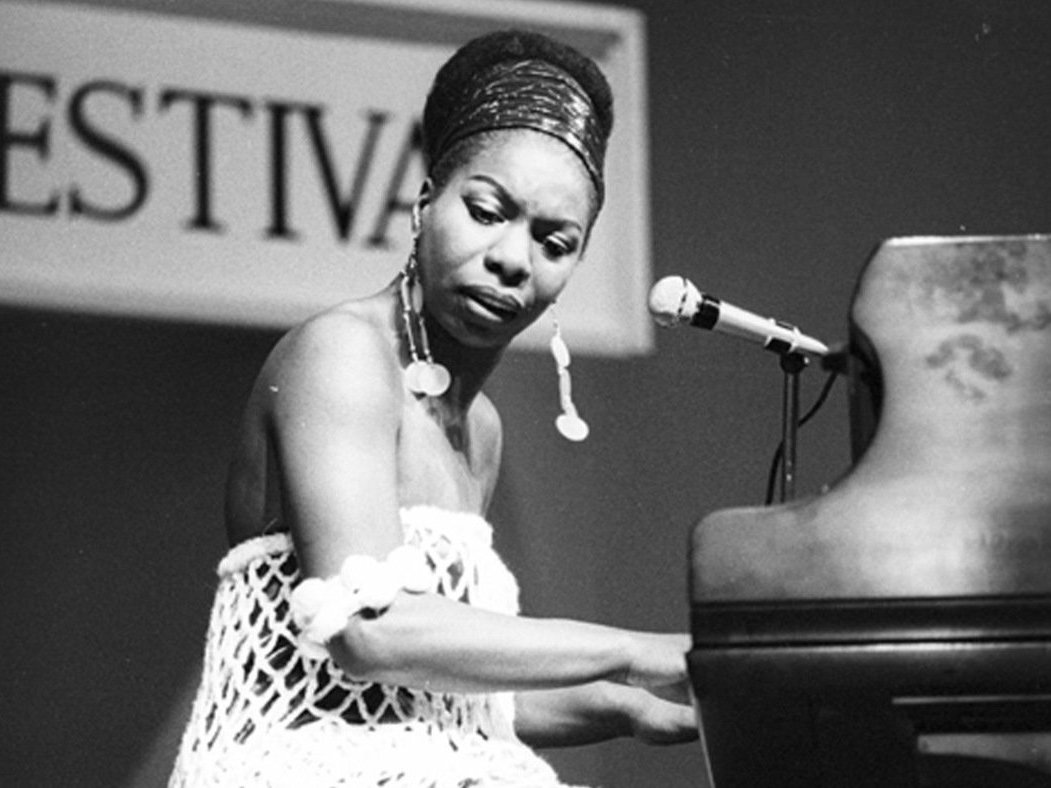I hope it’s not controversial to say that restaurant music has a bad reputation. It’s usually either too obtrusive or it fades into the background so much that you wonder why it’s being played at all. However, when it’s done right, carefully curated music can really add to a dining experience. If you don’t believe me, go to the Galaxy Diner on Route 66 and then try to tell me that hearing the Beach Boys and Chuck Berry on the jukebox doesn’t add a little extra to the experience of eating your cheeseburger and banana split. There’s a reason that whenever I hear Dean Martin I can almost taste Olive Garden breadsticks or that Norteno music makes me crave chips and salsa. But how can we apply this to our restaurant in order to give our guests a more immersive dining experience?
First, a little background. We use the name “Charly’s” to mean different things, and that can get confusing. Technically, all the dining and drinking on the first floor of the hotel is under the banner of “Charly’s Pub & Grill,” but the bar portion and the restaurant portion, which are separated by the lobby, have very different atmospheres and operate on different schedules. Furthermore, the restaurant portion is divided into two distinct rooms. Just off the lobby is the main restaurant space, which was the original lobby of the hotel and then a retail area for most of the 20th century. Through a second set of doors is the Exchange Pub, which was built a few years after the rest of the hotel and was Flagstaff’s original telephone exchange, hence the name. Starting in the ‘20s or ‘30s, it became a diner called the LeBrea Café and eventually the Weatherford Café. In the late ‘70s, current hotel owner Henry Taylor allowed the leases on these businesses to expire so that he could renovate the spaces and re-integrate them into the hotel’s operation. Since then, due to the exceptional era of music during the hey-day of the telephone exchange, we’ve tried to stick to songs and artists, as well as restaurant décor, that represent that time.
Of course, that era of music, as groundbreaking as it was, can be limiting, especially for the employees who hear the same playlists day after day. Among other things, unlike in later decades, it was reallllllly hard to make a record in the ‘20s and ‘30s, so there is nowhere near the variety that you hear in music starting around the ‘50s and growing exponentially from there. This means that we repeat the same artists frequently. Because of this, it’s always tempting to drift from the plan, like rationalizing that since Billie Holiday is a soulful singer that fits the mold of what we’re trying to stick to, then someone who is similar on the surface from decades later, like Aretha Franklin, fits. Then from there, we drift and drift until we’re playing Ariana Grande and Lady Gaga. For obvious reasons, this needs to be avoided if we want to cultivate a pre-rock’n’roll, Jazz Age atmosphere.
However, in an entirely subjective “I know it when I see it” manner, some later music fits into our plan without throwing things off. Tom Waits, although recording starting in the early ‘70s, somehow fits the atmosphere with his less avant garde work. Nina Simone, who also played decades after Ella, Louis, and friends, is significantly more of a jazz-influenced artist than her Soul contemporaries and adds variety without abandoning our self-imposed structure. French and German songs of the pre-rock era and covers of these songs also spice things up. Add in some Blues and Western music (not Country, though. That’s different—just ask the Blues Brothers) and now we have some variety where those who are so inclined can pay attention and appreciate what they hear.
Here’s a sampling of the “new” approach:
- “Cheek to Cheek” by Ella Fitzgerald and Louis Armstrong. We’re by no means throwing out the baby with the bathwater with this music update! The stuff that we’ve played for the past forty years is still awesome and it’s never leaving our playlist, only being joined by some new friends.
- “Frankie” by Mississippi John Hurt. We’ve tended to learn more into Jazz rather than the Blues, but Mississippi John Hurt has always had a soft spot in our hearts, as evidenced by his portrait hanging in the restaurant.
- “See That My Grave’s Kept Clean” by Lou Reed. Musicologist Harry Smith collected volumes of field recordings in the 1920s that preserved many of the traditional songs that later became folk and blues standards, including the previous one on the list. In 2006, a tribute concert was held where contemporary artists including Nick Cave, Beck, and Wilco covered some of these songs. It’s hard to pick just one song from that collection to include here, but Lou Reed’s version of Blind Lemon Jefferson’s “See That My Grave’s Kept Clean” is definitely among the top 5.
- “Gallow’s Tree (Gallow’s Pole)” by Odetta. This Leadbelly song is best known from Led Zeppelin’s recording, but if we played Led Zeppelin at Charly’s I’d probably get fired on the spot. Here’s Odetta, who once actually played on the stage in Charly’s bar area.
- “Hang Down Your Head” by Tom Waits. It’s tempting to include one of Waits’ earlier songs from when he played barroom piano ballads like a demented Billy Joel, since his output after about 1980 is so idiosyncratic (yet still awesome). However, this song from 1985’s Rain Dogs fits nicely in the mix, as it takes some of its words and melody from the folk song “Tom Dooley.”
- “The Band Played Waltzing Matilda” by the Pogues. This long, depressing story song is about an Australian soldier fighting in World War I, and despite being played by an Irish punk band that was based in England, it somehow feels appropriate blaring from our stereo as people eat Navajo Tacos.
- “Sinnerman” by Nina Simone. Although she began her career in the 1950s, long after the Exchange Club building was constructed, this amped up version of an old Spiritual sounds great reverberating off of its walls.
- “St. James Infirmary” by the White Stripes. This Blues standard packs a punch when performed by this garage rock duo from Detroit circa Y2K.
- “La Vie en Rose” by Iggy Pop. Who better to cover Edith Piaf than the Godfather of Punk?
- “Don’t Fence Me In” by Roy Rogers. Singing cowboys were a big deal in the pre-rock’n’roll era, and not many people realize that this song was written by Cole Porter.
(Dis)Honorable Mentions
While they fit into the era and the musical style of our new playlists, there are a few songs that come to mind that are extremely interesting, but on which we are taking a hard pass.
- “Shave ‘Em Dry” by Lucille Bogan. This song, recorded in 1935, needs be heard by anyone who is convinced that dirty music is a recent phenomenon. It makes the work of Cardi B sound tame and is 100% NSFW.
- “Your Southern Can is Mine” by Blind Willie McTell. Blind Willie’s voice and guitar playing are so good that it’s easy to gloss over that this entire song is about him gleefully physically abusing his lady friend. Although plenty of old Blues music is misogynistic in a way that you can attribute to a representation of attitudes of the time, this one is extreme by any standard.
Please stop in and give our new playlist a listen or check out this preview at home and then let us know if you have any suggestions.
-Drew Purcell, January 27, 2022


